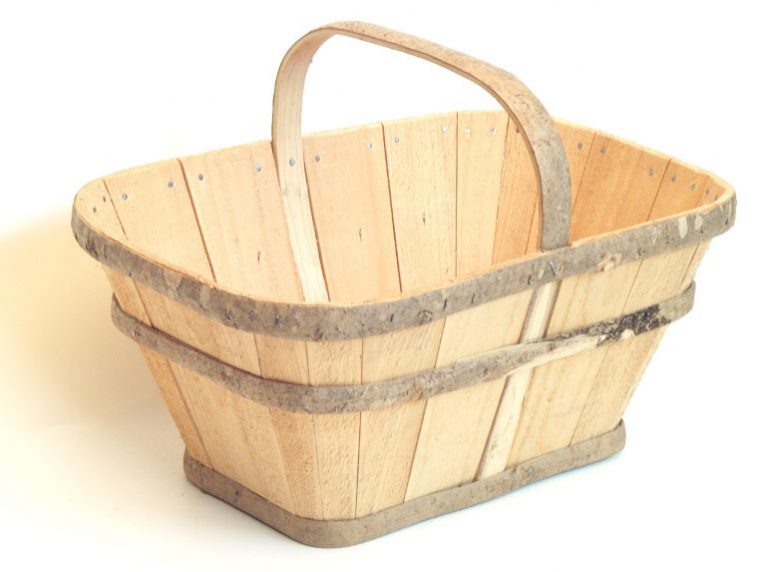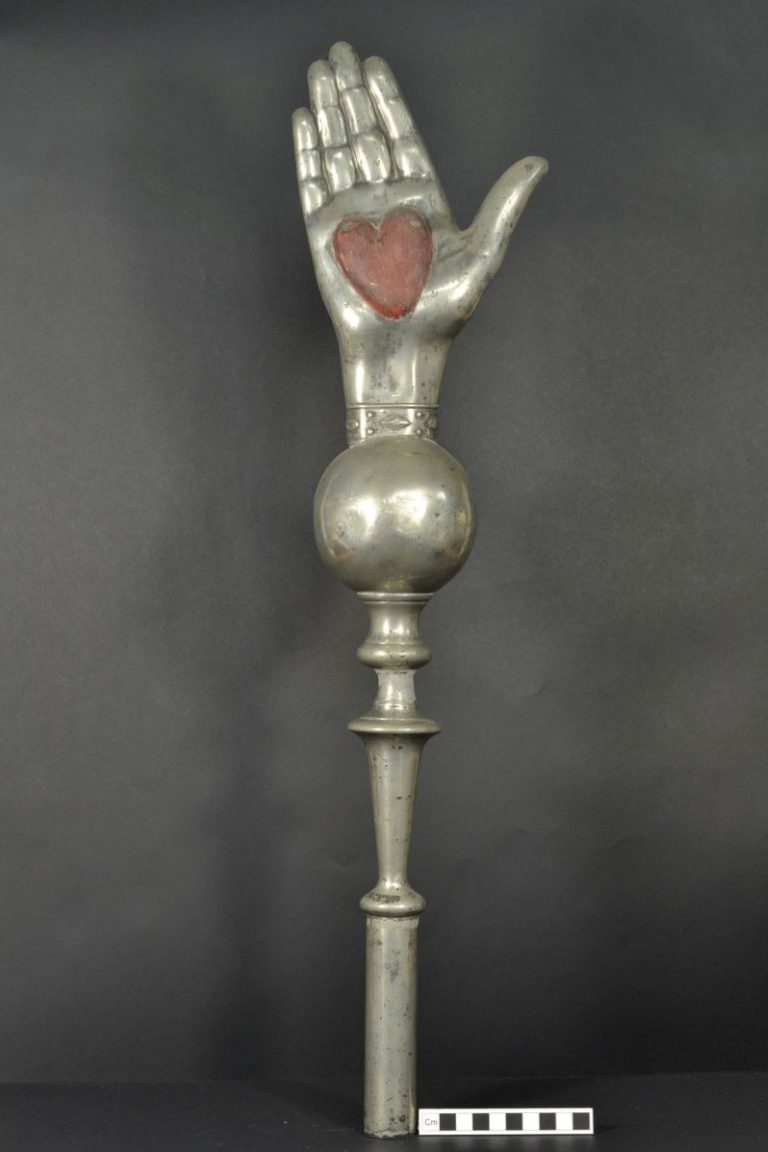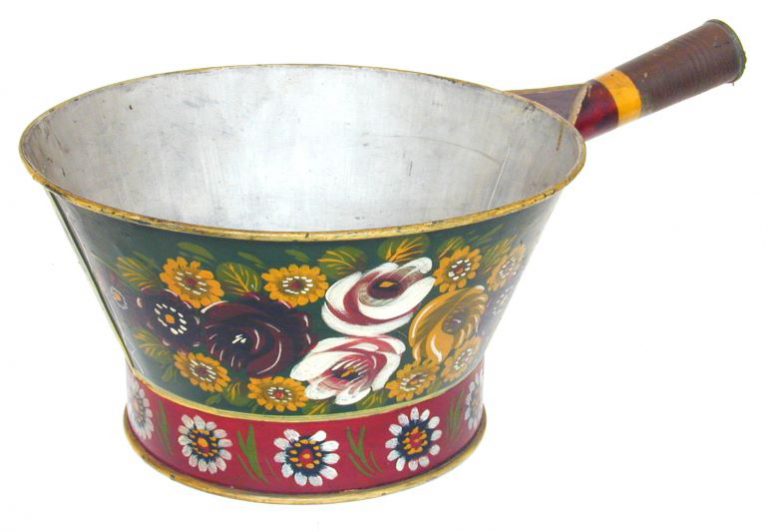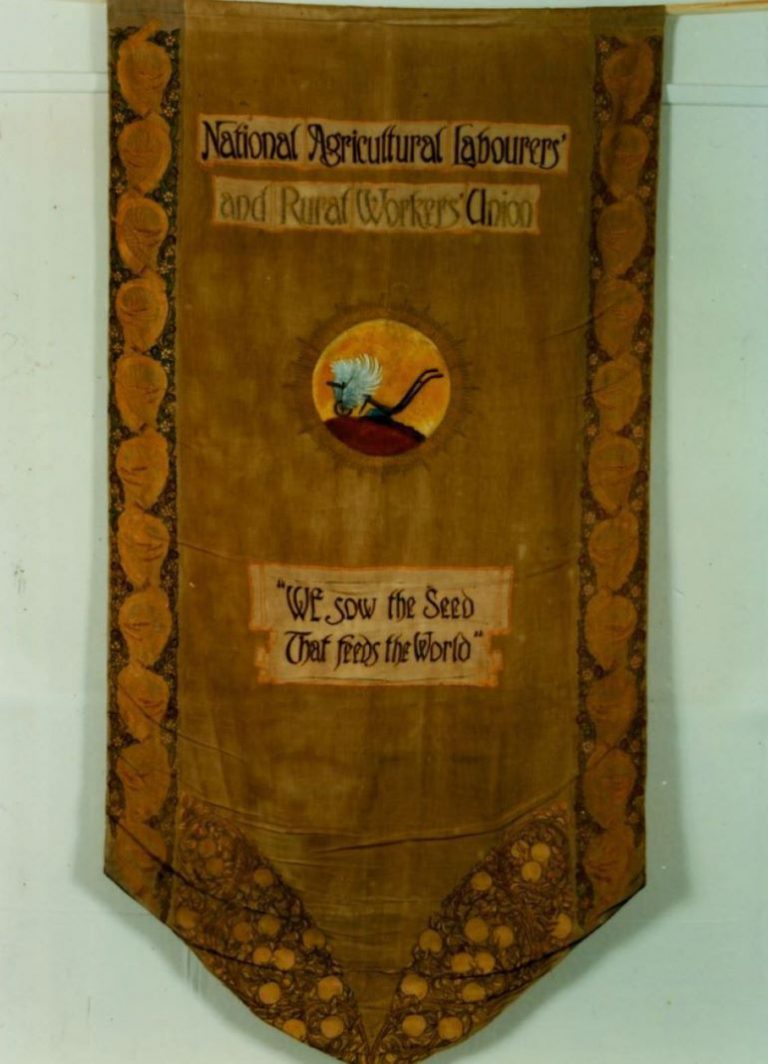Welcome Area
The Welcome Area gives you a chance to rest or play, enjoy a cuppa and a slice of cake, browse the shop, or admire the eclectic collection of objects in our Welcome Case. The objects here–such as a beehive chair, a Ransomes Newcastle plough, and a Laura Ashley dress–are just a taster of the variety of the objects that await you in our galleries.
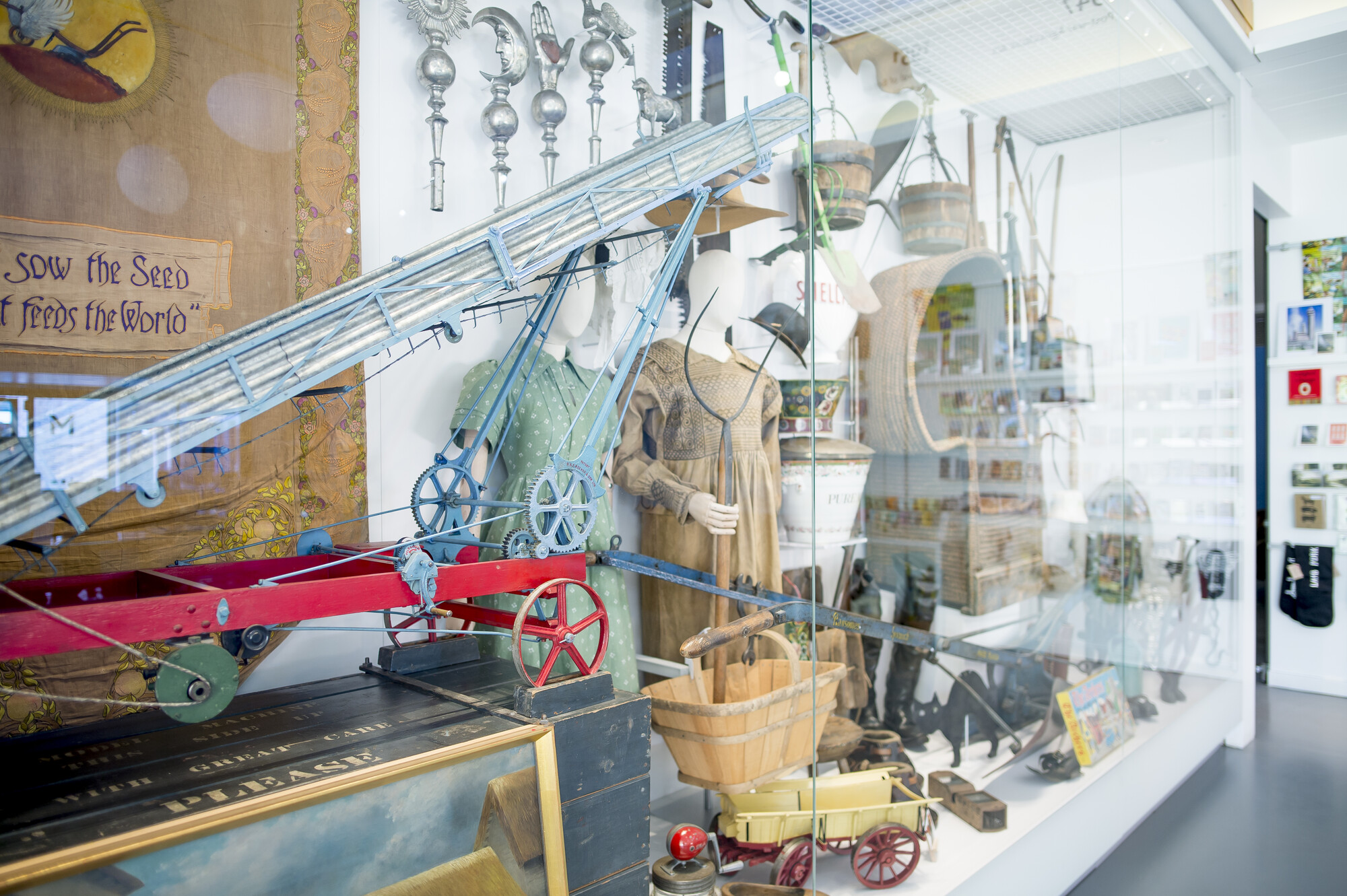
An introduction to The MERL
Below, The MERL Curator, Dr Ollie Douglas, explains how the the Welcome Case introduces the visitor to The MERL displays.
Themes
Number of Objects
63

